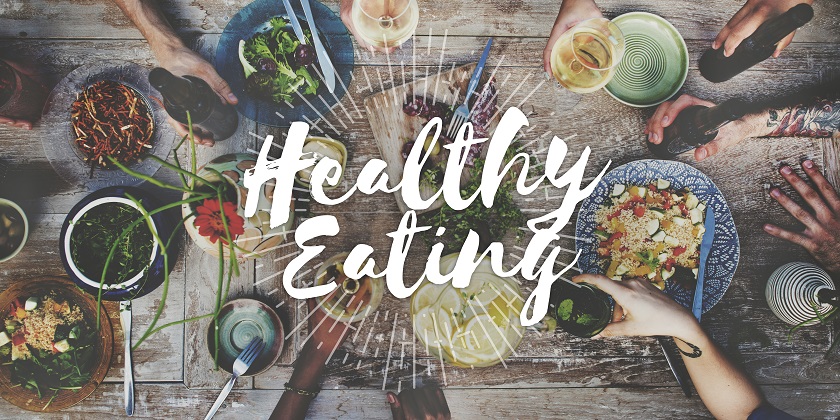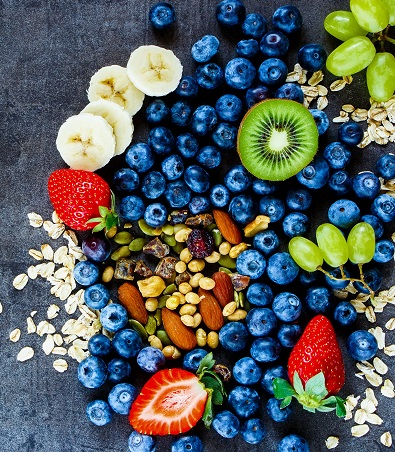
While there is no magic pill that can keep us from having a heart attack or suffering a cardiac arrest, there are things that we can change about our lifestyle that may decrease our chances. Adopting a healthier lifestyle means a changing our less-than-healthy habits and replacing them with better choices.
Diet, exercise, and attitude play a huge role in keeping our bodies healthy. We’ve all heard the term, “you are what you eat”, and although it sounds cliché – clichés are often clichés because they’re true.
Heart Healthy Diet
 So what can we change about what we’re eating? Which foods should we be consuming to improve our heart health?
So what can we change about what we’re eating? Which foods should we be consuming to improve our heart health?
The American Heart Association suggests:
Eat a variety of fresh, frozen and canned vegetables and fruits without high-calorie sauces or added salt and sugars. Replace high-calorie foods with fruits and vegetables. Be mindful of sodium and added sugar.
Choose fiber-rich whole grains for most grain servings. Examples include whole eat, oats, rye, barley, brown and wild rice, corn, buckwheat, and quinoa.
Choose poultry and fish without skin and prepare them in healthy ways without added saturated and trans fat. Eat a variety of fish at least twice a week, especially fish containing omega-3 fatty acids (for example, salmon, trout, and herring). If you choose to eat meat, look for the leanest cuts available and prepare them in healthy and delicious ways.
Select fat-free (skim) and low-fat (1%) dairy products.
Avoid foods containing partially hydrogenated vegetable oils to reduce trans fat in your diet. Some examples include packaged baked goods, chips, fried foods, and margarine.
Limit saturated fat and trans fat and replace them with the better fats, monounsaturated and polyunsaturated. If you need to lower your blood cholesterol, reduce saturated fat to no more than 5 to 6 percent of total calories. For someone eating 2,000 calories a day, that’s about 13 grams of saturated fat.
Cut back on beverages and foods with added sugars. If you drink alcohol, drink in moderation. That means no more than one drink per day if you’re a woman and no more than two drinks per day if you’re a man.
Choose foods with less sodium and prepare foods with little or no salt. To lower blood pressure, aim to eat no more than 2,400 milligrams of sodium per day. Reducing daily intake to 1,500 mg is desirable because it can lower blood pressure even further. If you can’t meet these goals right now, even reducing sodium intake by 1,000 mg per day can benefit blood pressure.
Get Healthy Today!
In summary, it’s best to avoid transfat, saturated fat, salt, and added sugar. It’s also important to monitor and control blood pressure and cholesterol to ensure you are not showing signs of heart disease.
Don’t fret, this doesn’t mean we have to sacrifice delicious foods. A great list of heart-healthy recipes can be found here.
With a few changes in our diets, we are reducing our risk of being one of the 720,000 people who suffer from a heart attack or one of the 326, 000 who experience cardiac arrest each year in the U.S.
Source: American Heart Association
Get CPR Training Today!
